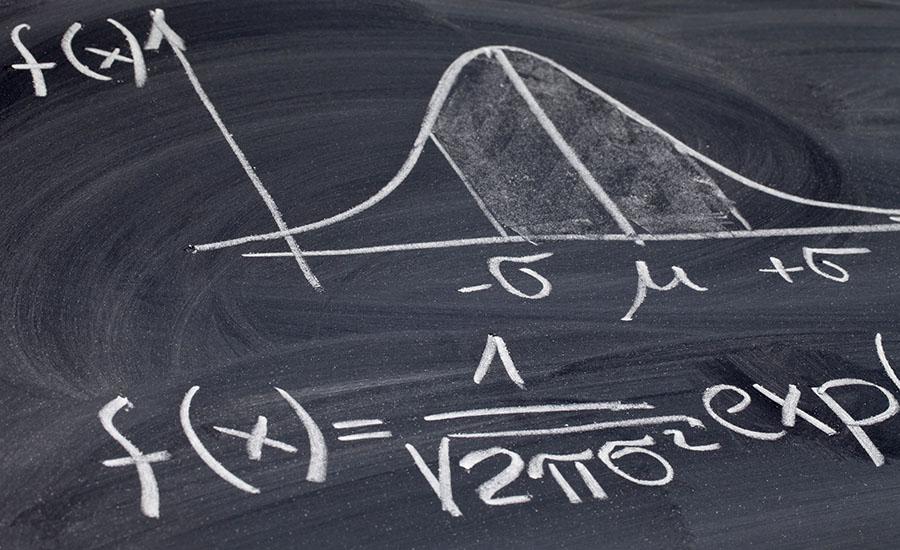
An Inquiry Approach to Circular Motion
by Jeff Steinert
This lesson uses a Modeling Instruction approach to developing the graphical and mathematical relationships for Circular Motion for students in Grades 9-12. Students design an experiment, collect data using an online simulation, plot their results, and derive the relationship between net force, mass, velocity, and radius. Materials used include a Centripetal Force Apparatus, The Physics Aviary’s Classic Circular Force Lab simulation, Vernier's Graphical Analysis app, and Readings (links provided in the slide deck).
Lesson Plan Link/URL
https://docs.google.com/presentation/d/1L-1VLlReCVKbsElyk2f6DYCv_IdMZV_4/edit?u…Subject Area
Science Physical Science P3: Net Force Earth and Space Science E2: Earth & the Universe Technology 5. Computational Thinker Mathematics Measurement and Data (MD) Expressions and Equations (EE) Algebra (A) English Language Arts (ELA) Reading (Informational Text)
Featured
On
Related Content

Grades:
3rd Grade, 4th Grade, 5th Grade, 6th Grade, 7th Grade, 8th Grade, 9th Grade
Engineers often create small-size models of a new product to test its design. This is especially true with airplanes. Model testing tells engineers how a design responds to different air conditions

Grades:
8th Grade, 9th Grade, 10th Grade, 11th Grade, 12th Grade
This lesson is designed to allow students the experience to move from an additive understanding in mathematics to a multiplicative understanding through this activity called Cootie Catcher. The

Featured
Sphero Rocket Payload Mission
Grades:
9th Grade, 10th Grade, 11th Grade, 12th Grade
This lesson uses Sphero's "Rocket Payload" activity with the Outer Space Mat. The full lesson includes information on rocket payload, a Sphero coding challenge, a NASA link to read, optional questions